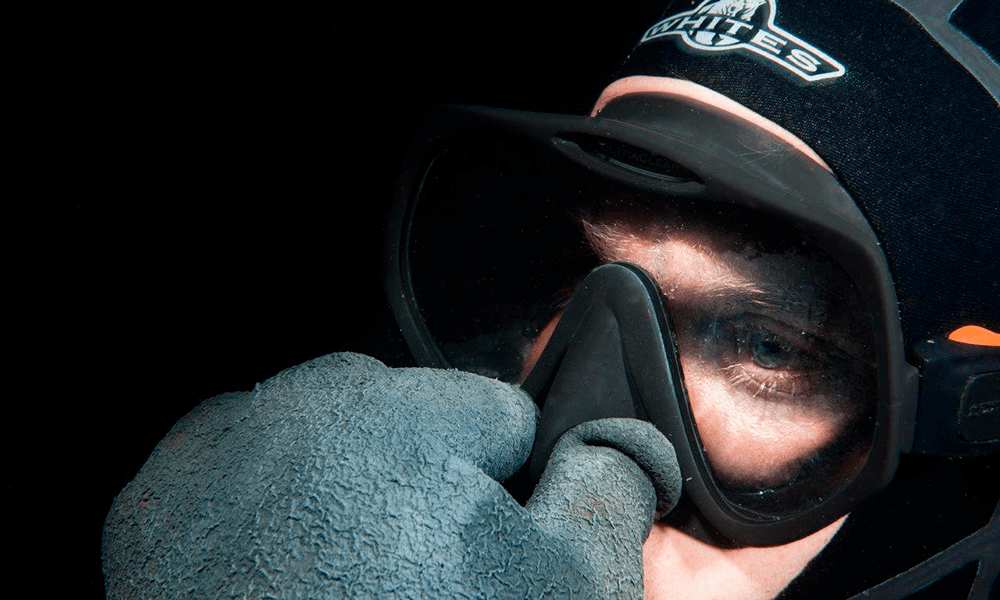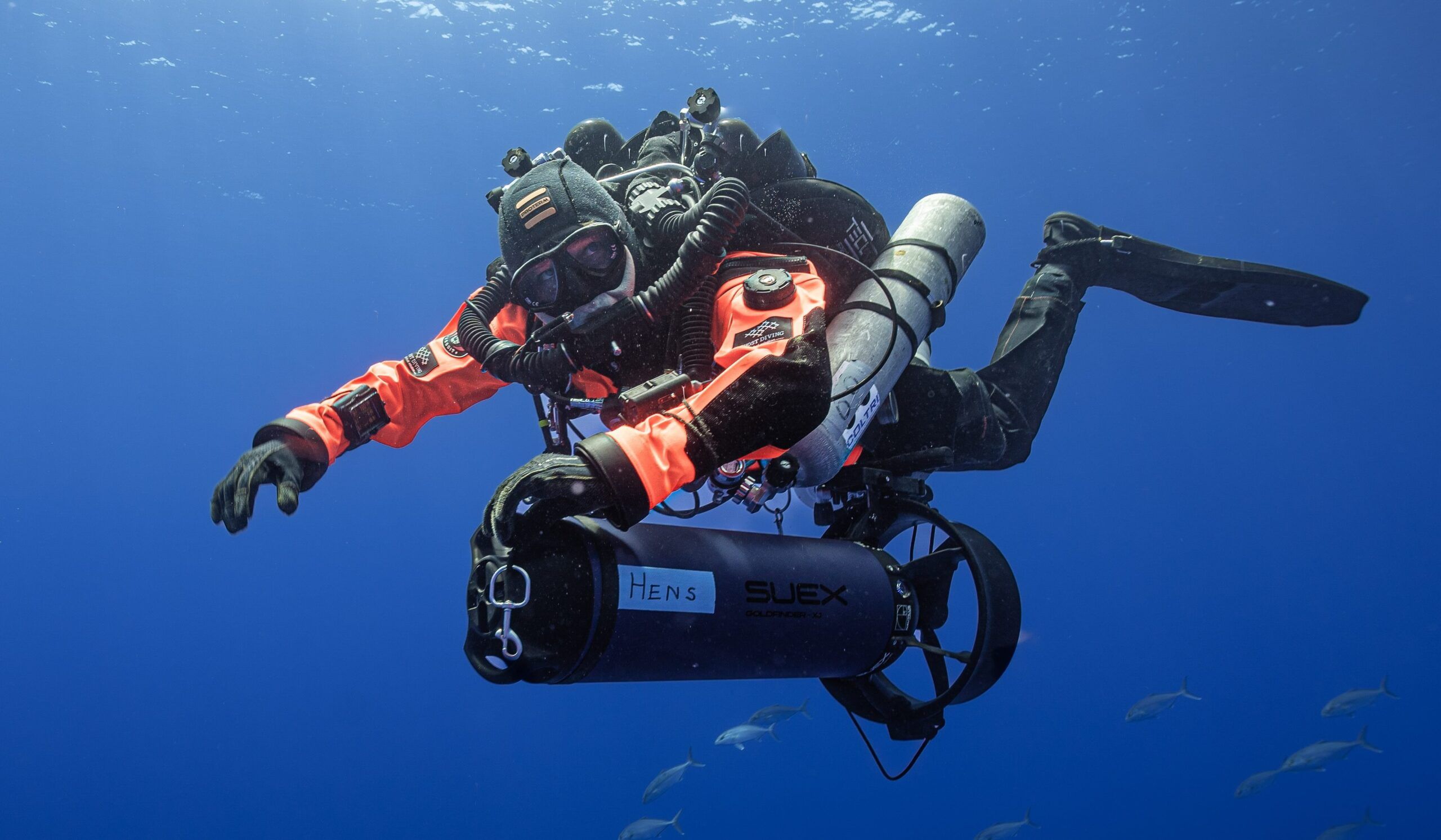Education
Listen to Your Ears: The Connection Between Eustachian Tube Dysfunction and Inner-Ear Barotrauma
Having ear problems? You’re not alone! According to DAN, eustachian tubes and their associated ear injuries represent the single largest cause of dive injuries bar none. Nearly 38% of diving injuries resulted from ear or sinus barotrauma with a prevalence 130% greater than all cases of DCS. Though middle-ear barotrauma is the most commonly associated with Eustachian tube (ET) dysfunction, the much more serious inner-ear barotrauma (IEBT) remains a close second. DAN’s risk mitigatory, Reilly Fogarty, reviews the latest research and what it may mean for your ears. Listen up people!

by Reilly Fogarty
Eustachian tubes are your ear’s version of pushing a thumb loop through a wrist seal to equalize your dry glove, but maybe a bit less exciting. The narrow passage that connects the pharynx to the cavity of the middle ear allows equalization between the ears and the sinus passages, and that’s about it.
In the same way that cardiovascular disease poses the single greatest risk of death to most adults in the U.S., Eustachian tubes and their associated ear injuries represent the single largest cause of dive injuries bar none. Nearly 38% injuries resulted from ear or sinus barotrauma (2018 DAN Annual Diving Report), with a prevalence of nearly 130% greater than all cases of DCS.
In terms of ear injuries, middle-ear barotrauma is the most common associated with Eustachian tube (ET) dysfunction, but the more serious inner-ear barotrauma (IEBT) remains a close second. While trauma to the middle ear typically heals quickly and without lasting effect, IEBT can cause permanent damage if not recognized and treated in a timely matter. Because of the nature of the inner ear and the delicate structures connected to it, damage is more likely to be irreversible even with surgery. Given the prevalence of ear issues and the potential severity of IEBT, the key to preserving our ability to dive (and minimizing injuries) is prevention. A group of researchers (Kitajima N et al., 2016) recently worked to correlate the function of the Eustachian tube with an incidence of IEBT.

Using replicable physical measurements and impedance tests, the researchers quantified ET function in 16 divers with a history of IEBT and 20 without. They measured the pressure required to open the ET, maximum volume of air in the middle ear and the speed at which equalization occurred. In an ideal situation, it should take 200-650 dekapascals (daPa) to open a healthy Eustachian tube, a pressure gradient equivalent to an 8—26-inch depth change. The paper categorizes ET function in these divers as one of three categories:
- Patulous (open, or requiring less than 200 daPa to open)
- Normal (collapsed but requiring less than 650 daPa to open and filling or emptying instantaneously)
- Stenotic (collapsed and requiring up to 1200 daPa to open or filling and emptying very slowly)
The categories effectively categorize an ET that functions well, moderately, and poorly (respectively). Comparing these fitness measurements with the divers’ history of IEBT, they found the following:
- In healthy divers without a history of IEBT, 30% equalized slowly but the pressure required to do so was within the normal range.
- Among divers with IEBT, most had notably stenotic ET, either requiring significant time to empty or fill, or requiring increased pressure to open.
- Divers with IEBT and a perilymph fistula (a tear in the round or oval window of the ear often caused by forceful equalization) had significantly worse ET dysfunction. It is suspected that pressure caused by forceful equalization may be the cause of IEBT in these divers. The paper presents 11 cases of IEBT caused perilymphatic fistula.
- Some divers with IEBT did have normal ET function at the time of testing.
Like much frontline research, the results aren’t as clean or as groundbreaking as we’d like. The paper provides a strong argument for the correlation of ET dysfunction and IEBT, which seems reasonable, but then advocates a Eustachian tube function evaluation in divers to prevent these injuries. While IEBT can cause deafness and significant injury, it’s prevalence appears to be about 1.7% of dive injuries or 4.3% of ear injuries among divers. Whether the prevalence or severity of the injury warrants an additional test before divers get in the water is an entirely larger discussion about fitness to dive and risk-based analysis.

What we do know now is that healthy divers and those with ET dysfunction can both experience IEBT and significant associated ear injuries from failed, too rapid, or too forceful equalization, but divers who have trouble equalizing due to stenotic Eustachian tubes are likely at significantly greater risk. These divers (like those with slow equalization in the group of divers without a history of IEBT) can minimize their risks and likely dive without much worry by equalizing slowly and often and listening to their ears during their dives.
Additional resources:
- Kitajima N, Sugita-Kitajima A, Kitajima S. Quantitative analysis of inner ear barotrauma using a Eustachian tube function analyzer. Diving Hyperb Med. 2016;46(2):76-81. (can be found at: https://www.ncbi.nlm.nih.gov/pubmed/27334994)
- May I Bend Your Ear? by Michael Menduno


Reilly Fogarty is a team leader for its risk mitigation initiatives at Divers Alert Network (DAN). When not working on safety programs for DAN, he can be found running technical charters and teaching rebreather diving in Gloucester, MA. Reilly is a USCG licensed captain whose professional background also includes surgical and wilderness emergency medicine as well as dive shop management.




















































